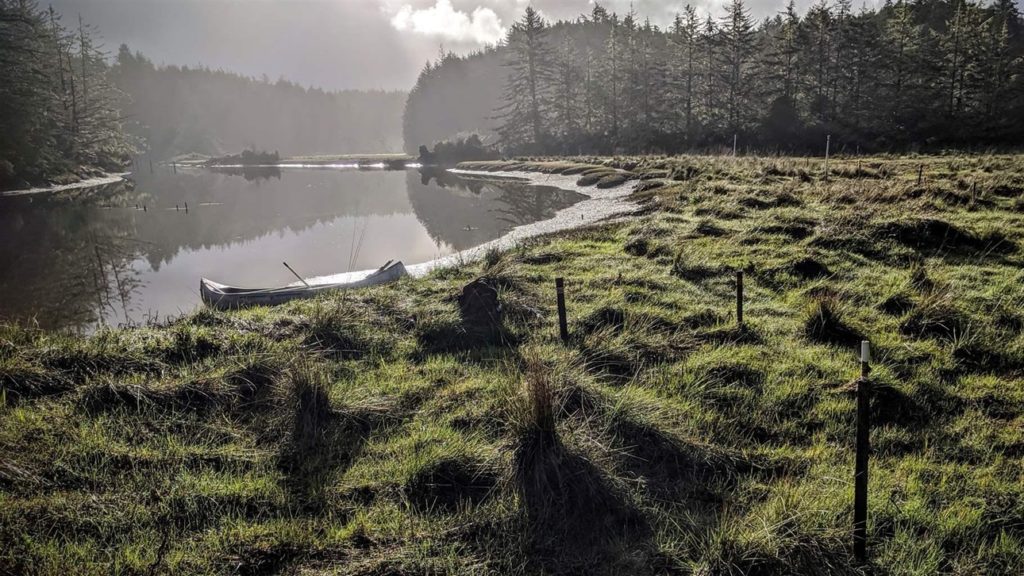Last updated on February 11th, 2024

Oregon’s estuaries, where rivers meet the sea, are home to forested tidal wetlands, ecosystems that store more carbon by area than almost any other type of wetland in the world. And for the first time, Oregon may begin accounting for and utilizing this benefit to help track and reduce the state’s carbon footprint.
On August 4, the Oregon Global Warming Commission adopted a proposal to harness the potential of the state’s forests, wetlands, and agricultural lands—known collectively as “natural and working lands”—to help Oregon achieve its goals for reducing greenhouse gases. The natural and working lands plan includes one of the nation’s first strategies that explicitly accounts for the carbon sequestration powers of coastal habitats, broadly referred to as “blue carbon.” The plan now goes to Governor Kate Brown and legislators for implementation.
Oregon’s blue carbon habitats, which include marshes, eelgrass beds, scrub-shrub wetlands, and forested tidal wetlands, are comparable to the Pacific Northwest’s old-growth forests in terms of how much carbon they can store per acre. Because they take more carbon out of the atmosphere than they release, these ecosystems are known as “carbon sinks” and can play an important role in efforts to slow climate change, especially if they’re protected or, where needed, restored. These areas also protect coastal communities from sea level rise, flooding, and erosion; improve water quality; provide vital habitat for salmon and other Pacific Northwest species; and help reduce ocean acidification in nearby waters.
The commission’s proposal includes a goal for increasing sequestration in Oregon’s landscapes, including coastal wetlands. The commission also recommended investments, programs, and policies that the state should advance to increase natural carbon storage, including development of a blue carbon plan aimed at protecting and restoring coastal habitats.
The Pew Charitable Trusts, working with the Pacific Northwest Blue Carbon Working Group, Silvestrum Climate Associates, and the Oregon Coastal Management Program (part of the state’s Department of Land Conservation and Development), supported the development of a first-generation blue carbon greenhouse gas inventory, made recommendations for improving the inventory, and contributed to the strategies included in the proposal.
With the adoption of this strategy, Oregon is poised to be a national leader and an example for other states in harnessing the power of blue carbon ecosystems in the fight against climate change.
This blog post was originally published by The Pew Charitable Trusts.
Sylvia Troost, Alex Clayton, and Elizabeth Ruther work on The Pew Charitable Trusts’ conserving marine life in the United States project.
